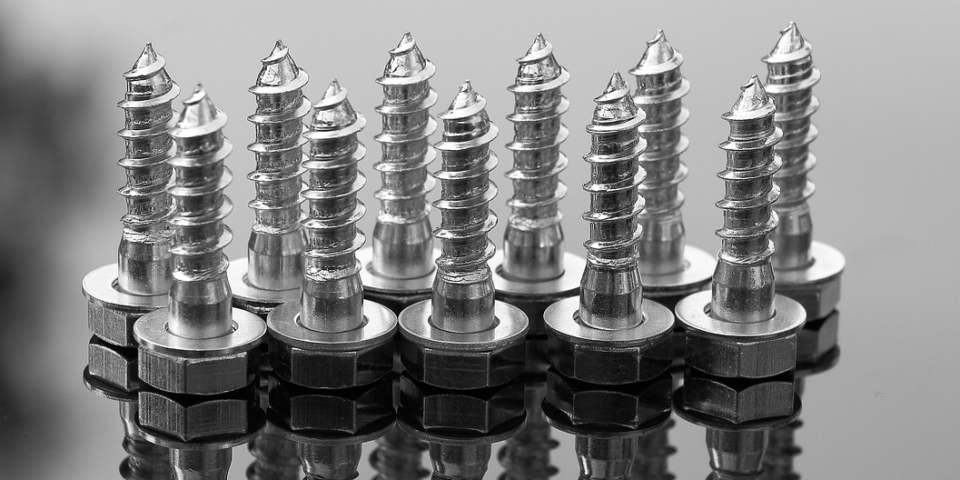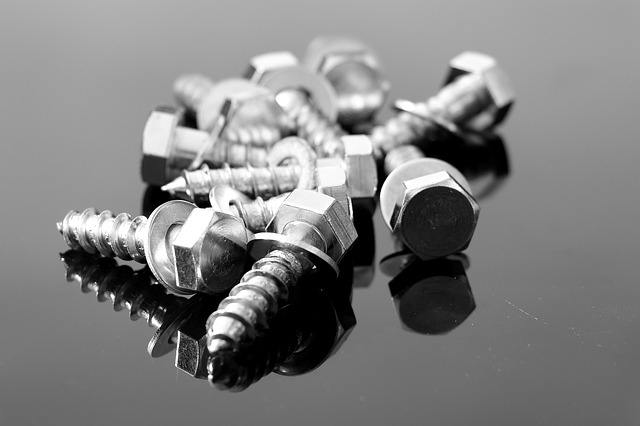When it comes to joining two plastic case halves together with screws, you have two options: thread forming screws or threaded inserts with standard screws. Here we discuss the positives and negatives of each option.
Thread Forming Screws
Thread forming screws come in a wide variety of sizes and pitches to match pretty much any application. They work by displacing material around the pilot hole so that it flows around the screws’ threads. This gives thread forming screws their biggest advantage: Since there is no material removed, the fit has no clearance, making the connection resistant to loosening via vibration.
This method removes the need for lock washers or threadlocker, and is great for one-time applications where you do not need to open up the case again. This is because every time you unscrew and re-screw the fastener, the threads formed are disturbed and over time may be completely stripped. Thread forming screws cost a little more than standard screws, but you don’t have to pay for the threaded insert or installation of the insert, so their overall cost may be less expensive.
Threaded Inserts
Threaded inserts are small metal parts that are internally tapped and are inserted in the plastic part either during molding or after molding using heat or sonic welding. They are available in most common thread sizes so as not to limit what screws need to be used. After the threaded insert is installed, any machine screw will work to fasten the cast halves together. This fastening method is perfect for parts that may be taken apart again and again. The drawback is that a lock washer or threadlocker is needed to ensure the screw does not back out via vibration. As discussed, the price for using threaded inserts may be more expensive than a thread forming screw because you need to pay for both the insert and the assembly along with the standard screw.
Conclusion
In summary, thread forming screws are ideal for situations where the case will be closed just once and is subject to a lot of vibration. Threaded inserts are better suited for applications where the case is going to be closed and opened several times. When pondering which method is best for your application, let Pongratz Engineering help you find the best solution.
Pongratz Engineering has the expertise in product design to help you select the case-joining method that works best for your product. Contact us for more information or professional advice at www.pongratz-engineering.


